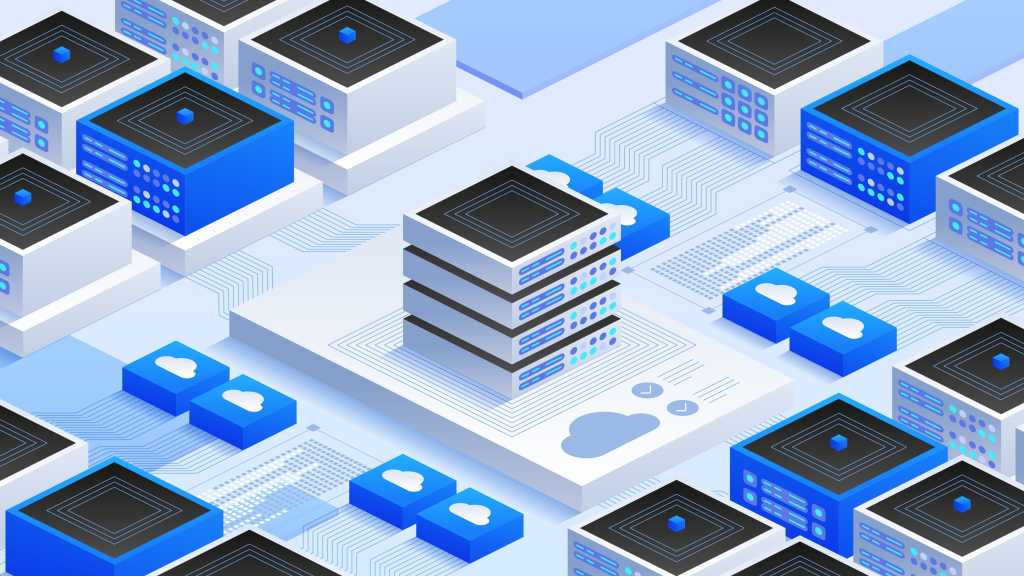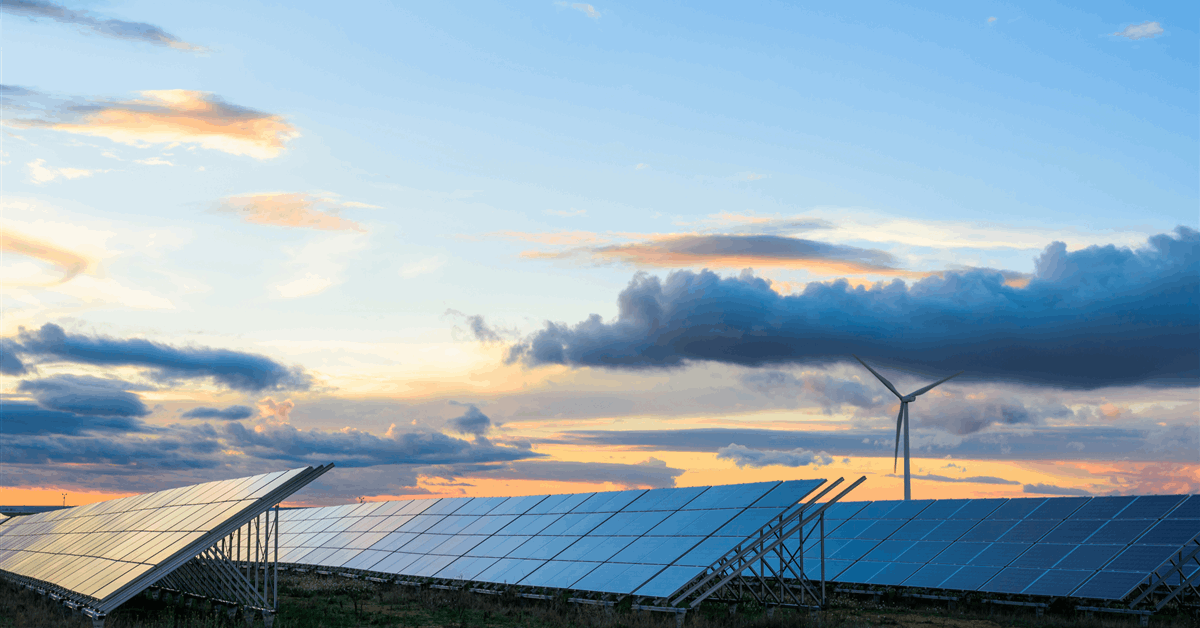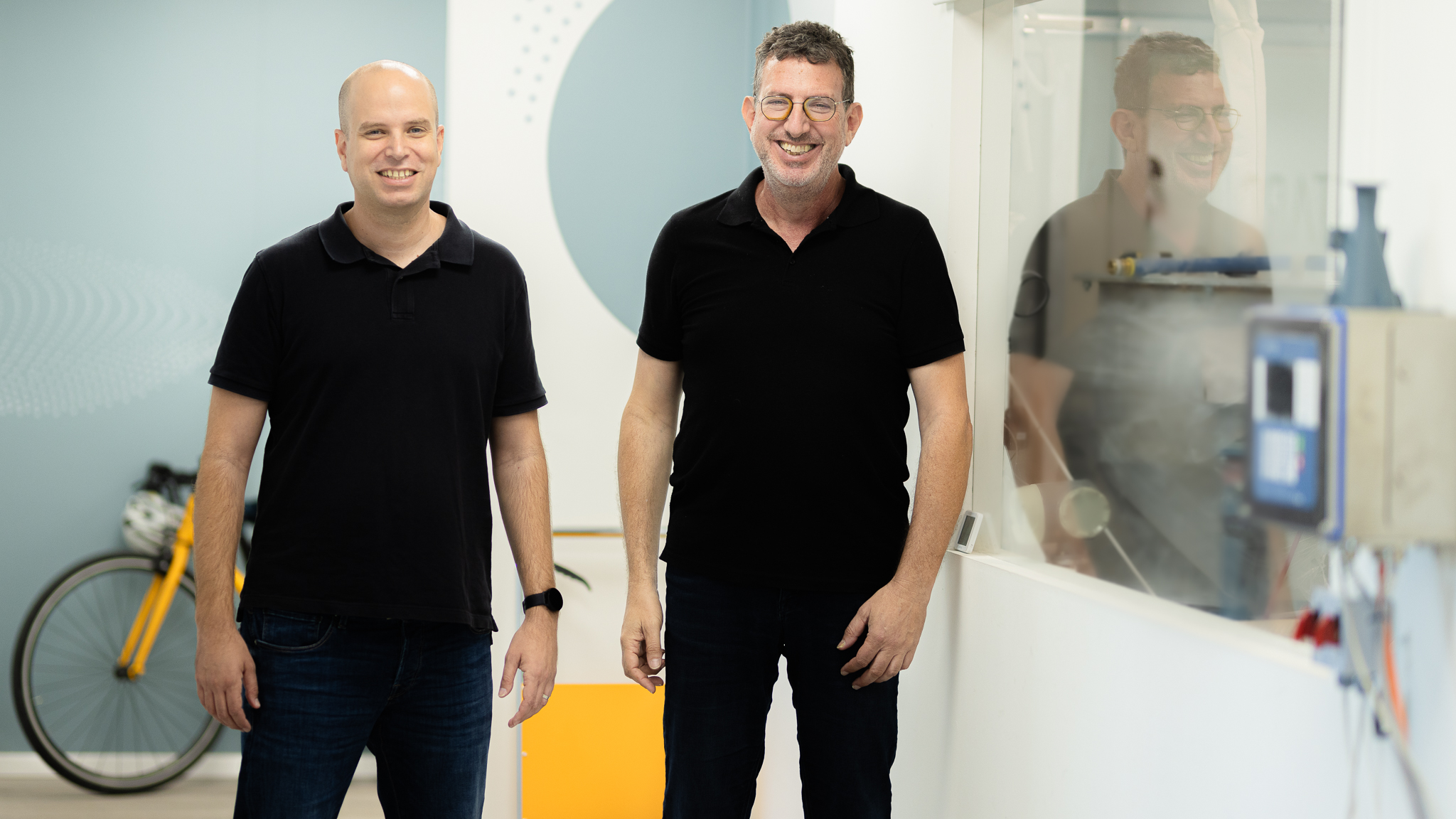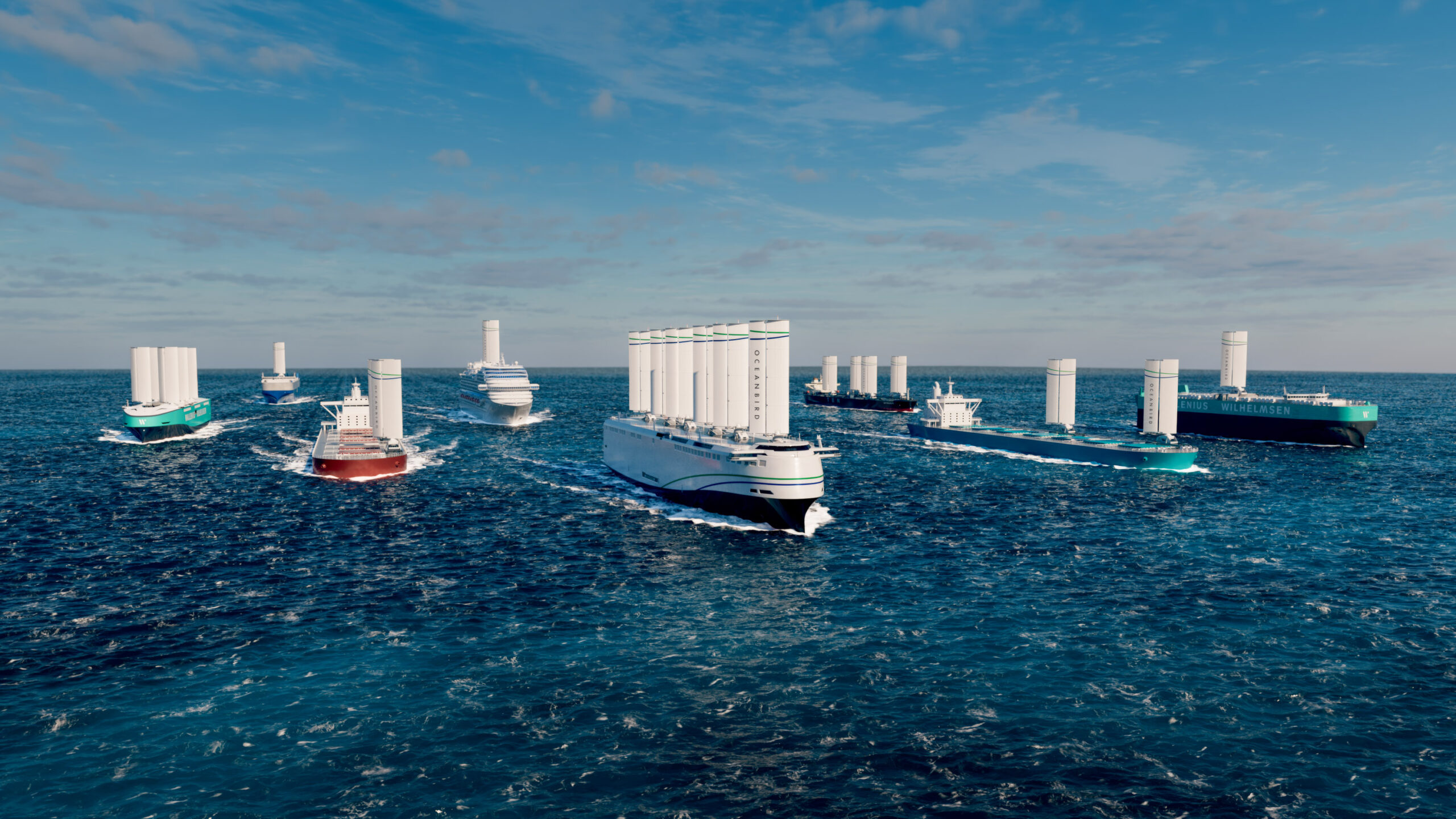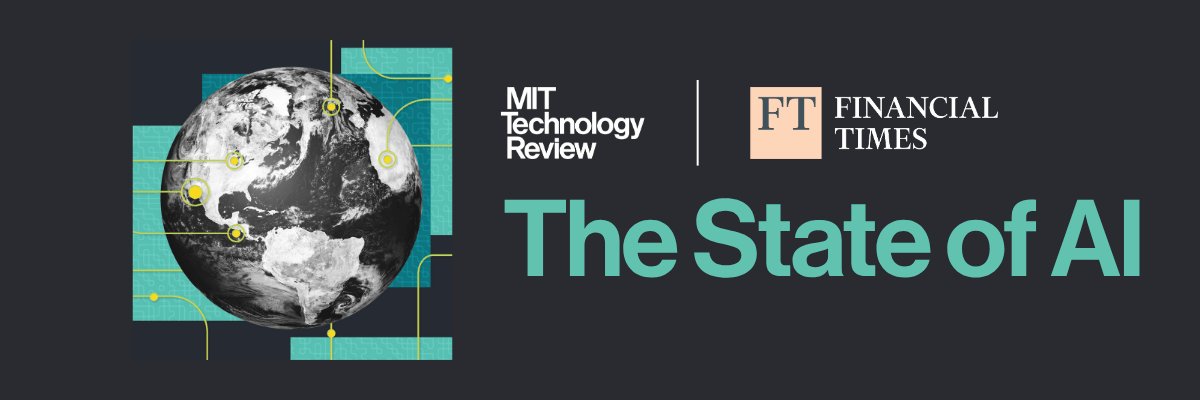
Gran Tierra Energy Inc. is planning to drill 10 to 14 net development wells in 2025, including several with its new joint venture partner in Canada.
The Calgary, Alberta-based company said in a news release that it plans to drill five to seven gross development wells in the Cohembi oil field located in the Southern Putumayo Basin of Colombia. Gran Tierra is also planning facility expansion, gas-to-power generation upgrades, and continued social investment in the area. The company has allotted a capital expenditure budget of $240 million to $280 million for the year.
In Colombia’s Acordionero, Gran Tierra said it plans to focus on the optimization of the field through continued waterflood expansion activities, including facility expansions, and gas-to-power generation upgrades. The company is planning an active development drilling program for 2026.
Meanwhile, in Ecuador’s Chanangue, the company plans to continue its appraisal program on the highly prospective Arawana/Zabaleta productive trend by drilling two to three appraisal wells.
At Simonette in Canada, Gran Tierra plans to drill 2.5 net wells, “targeting two-layer co-development of the Lower and Middle Montney offering improved capital efficiency and lower proportionate infrastructure spending,” it said. Gran Tierra and its joint venture partner, Logan Energy, have started drilling the first two wells being drilled. Both wells are planned to be stimulated by the end of the first quarter or the beginning of the second quarter of 2025.
For 2024, Gran Tierra reported total company average production of approximately 34,710 barrels of oil per day, an increase of 6 percent over 2023 and 13 percent compared to 2022.
Gran Tierra President and CEO Gary Guidry said, “Following up on a strong 2024, which included a very successful exploration campaign and a new country entry into Canada, we are looking forward to our 2025 development and exploration program”.
“We plan to focus on profitably growing reserves and production across our Colombian, Ecuadorian and Canadian assets, pursue high impact exploration throughout our portfolio, and invest in facility and infrastructure projects to maximize the long-term value of our assets. This year’s budget would fulfil our exploration commitments in Ecuador which were a result of obtaining the lands back in 2019. Since 2021 we have drilled 10 exploration wells, had 9 discoveries and shot 238 kilometers of 3D seismic in Ecuador,” Guidry continued.
This year, we expect to drill four exploration wells in Ecuador and two to three wells to further appraise our exciting discoveries. We have also planned a very active capital program in the Suroriente block including drilling 5-7 wells, investing in a gas-to-power project, and significant facility investment to increase fluid handling due to increased production and water injection,” he said.
“After the fulfilment of commitments in 2025, we expect 2026 and beyond to be focused on exploiting our extensive asset base, including [the] anticipated development of our recent discoveries, drilling on our extensive Canadian landholdings and optimizing our assets under waterflood,” he concluded.
In December 2024, Gran Tierra completed its joint venture transaction with Logan Energy.
The two companies entered into a purchase and sale agreement whereby Logan acquired a 50 percent working interest and operatorship in a portion of Gran Tierra’s Simonette Montney assets for approximately $36.25 million (CAD 52 million) in cash, subject to customary adjustments. Gran Tierra will retain the remaining 50 percent working interest in the assets.
The transaction is expected to provide “a growth-focused platform to advance Gran Tierra’s Montney development and is aligned with the company’s corporate strategy of long-term value creation,” it said in an earlier statement.
To contact the author, email [email protected]
WHAT DO YOU THINK?
Generated by readers, the comments included herein do not reflect the views and opinions of Rigzone. All comments are subject to editorial review. Off-topic, inappropriate or insulting comments will be removed.
MORE FROM THIS AUTHOR



